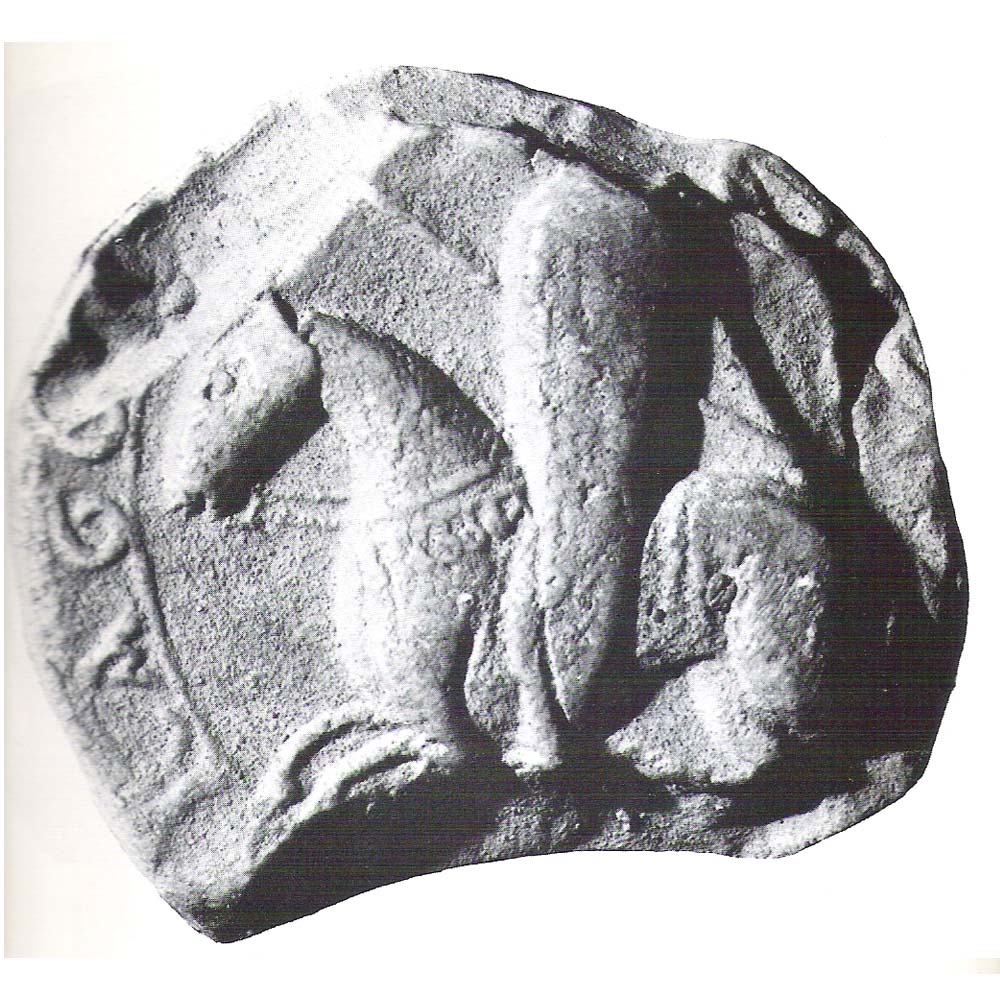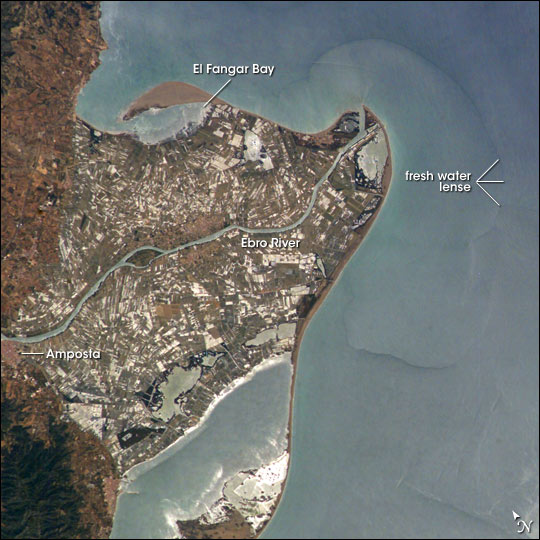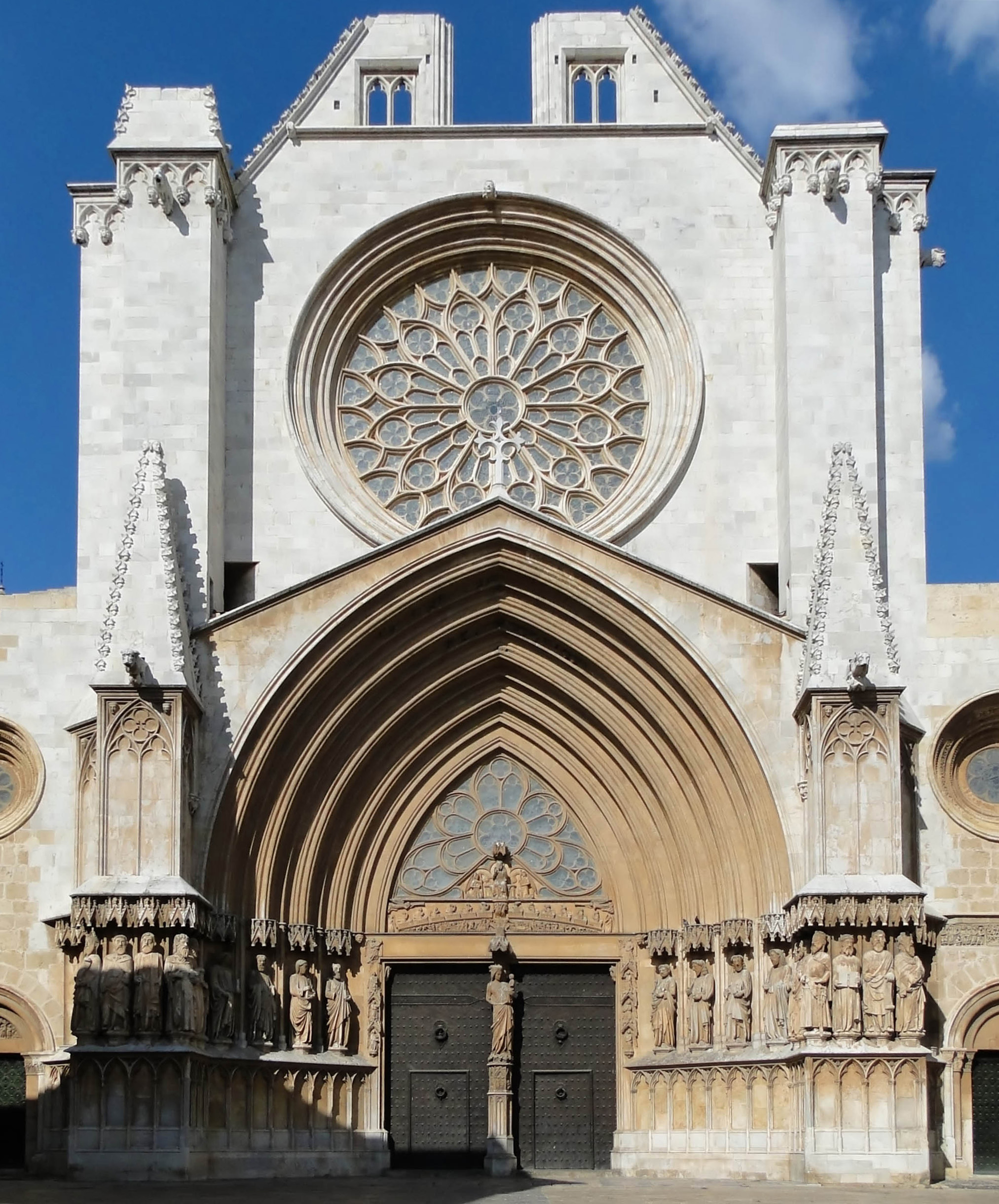|
Siege Of Tortosa (1148)
The siege of Tortosa (1 July – 30 December 1148) was a military action of the Second Crusade (1147–49) in Spain. A multinational force under the command of Count Raymond Berengar IV of Barcelona besieged the city of Tortosa (Arabic ''Ṭurṭūsha''), then a part of the Almoravid Emirate, for six months before the garrison surrendered. The campaign originated in an agreement between Barcelona and the Italian city-state of Genoa in 1146, following a Genoese raid on Almoravid territory. At the same time, the Genoese also agreed to aid the Castilians in an expedition against Almoravid Almería. Papal approval, which connected the two Spanish endeavours to the call for a second crusade to the Holy Land, was obtained the next year. Participants in the siege of Tortosa were called "pilgrims" (''peregrini''), the same term used for those en route to the Holy Land. The siege itself was a hard-fought battle. Siege engines were employed on both sides. Even after the outer walls ... [...More Info...] [...Related Items...] OR: [Wikipedia] [Google] [Baidu] |
Tortosa
Tortosa (, ) is the capital of the '' comarca'' of Baix Ebre, in Catalonia, Spain. Tortosa is located at above sea level, by the Ebro river, protected on its northern side by the mountains of the Cardó Massif, of which Buinaca, one of the highest peaks, is located within Tortosa's municipal boundary. Before Tortosa, across the river, rise the massive Ports de Tortosa-Beseit mountains. The area around Mont Caro and other high summits are often covered with snow in the winter. Population centres * Bítem, 1.139; includes Santa Rosa * Campredó, 1.168; * Jesús, 3.755 * Els Reguers, 679 *Tortosa, 27.131 * Vinallop, 363, includes Mianes The municipality includes a small exclave to the west. History Tortosa (from or , via ''Ṭurṭūshah'') is probably identical to the ancient Hibera, capital of Ilercavonia. This may be the ancient settlement the remains of which have been found on the hill named Castillo de la Zuda. In Roman times, the town took the name Dertosa (). To ... [...More Info...] [...Related Items...] OR: [Wikipedia] [Google] [Baidu] |
Ebro
The Ebro (Spanish and Basque ; , , ) is a river of the north and northeast of the Iberian Peninsula, in Spain. It rises in Cantabria and flows , almost entirely in an east-southeast direction. It flows into the Mediterranean Sea, forming a delta in the Terres de l'Ebre region, in southern Catalonia. In the Iberian peninsula, it ranks second in length after the Tagus and second in discharge volume, and drainage basin, after the Douro. It is the longest river entirely within Spain; the other two mentioned flow into Portugal. The Ebro flows through many cities (): Reinosa in Cantabria; Frías and Miranda de Ebro in Castile and León; Haro, Logroño, Calahorra, and Alfaro in La Rioja; Tudela in Navarre; Alagón, Utebo, and Zaragoza in Aragon; and Flix, Móra d'Ebre, Benifallet, Tivenys, Xerta, Aldover, Tortosa, and Amposta in the province of Tarragona (Catalonia). Geography Upper part and tributaries The source of the river Ebro is in the Cantabrian Moun ... [...More Info...] [...Related Items...] OR: [Wikipedia] [Google] [Baidu] |
Peter I Of Aragon
Peter I (, , ; 1068 – 1104) was King of Aragon and also Pamplona from 1094 until his death in 1104. Peter was the eldest son of Sancho Ramírez, from whom he inherited the crowns of Aragon and Pamplona, and Isabella of Urgell. He was named in honour of Saint Peter, because of his father's special devotion to the Holy See, to which he had made his kingdom a vassal. Peter continued his father's close alliance with the Church and pursued his military thrust south against bordering Al-Andalus taifas with great success, allying with Rodrigo Díaz de Vivar, known as ''El Cid'', the ruler of Valencia, against the Almoravids. According to the medieval '' Annales Compostellani'' Peter was "expert in war and daring in initiative", and one modern historian has remarked that "his grasp of the possibilities inherent in the age seems to have been faultless." Early life The '' Crónica de San Juan de la Peña'', a rather late source for Peter's reign, states that Peter was 35 years of age ... [...More Info...] [...Related Items...] OR: [Wikipedia] [Google] [Baidu] |
Roger II Of Sicily
Roger II or Roger the Great (, , Greek language, Greek: Ρογέριος; 22 December 1095 – 26 February 1154) was King of Kingdom of Sicily, Sicily and Kingdom of Africa, Africa, son of Roger I of Sicily and successor to his brother Simon, Count of Sicily, Simon. He began his rule as Count of Sicily in 1105, became Duke of Apulia and Calabria in 1127, then King of Sicily in 1130 and Ifriqiya#Norman kings of the Kingdom of Africa (Ifriqiya), King of Africa in 1148. Background By 999, Normans, Norman adventurers had arrived in southern Italy. By 1016, they were involved in the complex local politics, where Lombards were fighting against the Byzantine Empire. As mercenaries they fought the enemies of the Italian city-states, sometimes fighting for the Byzantines and sometimes against them, but in the following century they gradually became the rulers of the major polities south of Rome. Roger I ruled the County of Sicily at the time of the birth of his youngest son, Roger, a ... [...More Info...] [...Related Items...] OR: [Wikipedia] [Google] [Baidu] |
Pope Calixtus II
Pope Callixtus II or Callistus II ( – 13 December 1124), born Guy of Burgundy, was the head of the Catholic Church and ruler of the Papal States from February 1119 to his death in 1124. His pontificate was shaped by the Investiture Controversy, which he was able to settle through the Concordat of Worms in 1122. As son of Count William I of Burgundy, Guy was a member of and connected to the highest nobility in Europe. He became archbishop of Vienne and served as papal legate to France. He attended the Lateran Synod of 1112. He was elected pope at Cluny in 1119. The following year, prompted by attacks on Jews, he issued the bull ''Sicut Judaeis'' which forbade Christians, on pain of excommunication, from forcing Jews to convert, from harming them, from taking their property, from disturbing the celebration of their festivals, and from interfering with their cemeteries. In March 1123, Calixtus II convened the First Lateran Council which passed several disciplinary decrees, such ... [...More Info...] [...Related Items...] OR: [Wikipedia] [Google] [Baidu] |
First Crusade
The First Crusade (1096–1099) was the first of a series of religious wars, or Crusades, initiated, supported and at times directed by the Latin Church in the Middle Ages. The objective was the recovery of the Holy Land from Muslim conquest of the Levant, Islamic rule. While Jerusalem had been under Muslim rule for hundreds of years, by the 11th century the Seljuk Empire, Seljuk takeover of the region threatened local Christian populations, pilgrimages from the West, and the Byzantine Empire itself. The earliest initiative for the First Crusade began in 1095 when List of Byzantine emperors, Byzantine emperor Alexios I Komnenos requested military support from the Council of Piacenza in the empire's conflict with the Seljuk-led Turks. This was followed later in the year by the Council of Clermont, during which Pope Urban II supported the Byzantine request for military assistance and also urged faithful Christians to undertake an armed pilgrimage to Jerusalem. This call was met ... [...More Info...] [...Related Items...] OR: [Wikipedia] [Google] [Baidu] |
Raymond Berengar III Of Barcelona
Ramon Berenguer III ''the Great'' (11 November 1082 – 23 January or 19 July 1131) was the count of Barcelona, Girona, and Ausona from 1086 (jointly with Berenguer Ramon II and solely from 1097), Besalú from 1111, Cerdanya from 1117, and count of Provence in the Holy Roman Empire, from 1112, all until his death in Barcelona in 1131. As Ramon Berenguer I, he was Count of Provence in right of his wife. Biography Born on 11 November 1082 in Rodez, Viscounty of Rodez, County of Toulouse, Francia, he was the son of Ramon Berenguer II. He succeeded his father to co-rule with his uncle Berenguer Ramon II. He became the sole ruler in 1097, when Berenguer Ramon II was forced into exile. Responding to increased raids into his lands by the Almoravids in 1102, Ramon counter-attacked, assisted by Ermengol V, Count of Urgell, but was defeated and Ermengol killed at the battle of Mollerussa. During his rule Catalan interests were extended on both sides of the Pyrenees. By marriage or va ... [...More Info...] [...Related Items...] OR: [Wikipedia] [Google] [Baidu] |
Berengar Raymond II Of Barcelona
Berenguer Ramon II "the Fratricide" (1053/54 – 1097/99) was count of Barcelona from 1076 to 1097. He was the son of Ramon Berenguer I and Almodis of La Marche, and initially ruled jointly with his twin brother Ramon Berenguer II. Life Born in 1053 or 1054, Berenguer Ramon succeeded his father Ramon Berenguer I "the Old" in 1076 to co-rule with his twin brother Ramon Berenguer II. The twins failed to cooperate, leading Pope Gregory VII to appeal for their reconciliation in 1079. The Catalonian possessions were divided between them, against the will of their late father, and it was agreed that the brothers would alternate their residence at the palace in Barcelona every six months. When the first agreement inevitably fell through, a second was reached in December of 1080. Ramon Berenguer II was killed two years later while hunting in the woods on 5 December 1082. Berenguer Ramon II, who became the sole ruler of Catalonia for the next four years, was popularly suspected of orch ... [...More Info...] [...Related Items...] OR: [Wikipedia] [Google] [Baidu] |
Republic Of Pisa
The Republic of Pisa () was an independent state existing from the 11th to the 15th century centered on the Tuscan city of Pisa. It rose to become an economic powerhouse, a commercial center whose merchants dominated Mediterranean and Italian trade for a century, before being surpassed and superseded by the Republic of Genoa. The republic's participation in the Crusades secured valuable commercial positions for Pisan traders, leading to increased wealth and power. Pisa was a historical rival to Genoa at sea and to Florence and Lucca on land. It lost its independence to Florence in 1406. The power of Pisa as a mighty maritime nation began to grow and reached its apex in the 11th century when it acquired traditional fame as one of the main historical maritime republics of Italy. Rise to power During the High Middle Ages the city grew into a very important commercial and naval center and controlled a significant Mediterranean merchant fleet and navy. It expanded its influence ... [...More Info...] [...Related Items...] OR: [Wikipedia] [Google] [Baidu] |
Archdiocese Of Tarragona
The Archdiocese of Tarragona () is a Latin Church ecclesiastical territory located in north-eastern Spain, in the province of Tarragona, part of the autonomous community of Catalonia. The archdiocese heads the ecclesiastical province of Tarragona, having Metropolitan authority over the suffragan dioceses of Girona, Lleida, Solsona, Tortosa, Urgell and Vic."Metropolitan Archdiocese of Tarragona" ''GCatholic.org''. Gabriel Chow. Retrieved February 29, 2016 ''''. David M. Cheney. Retrieved February 29, ... [...More Info...] [...Related Items...] OR: [Wikipedia] [Google] [Baidu] |
Tarragona
Tarragona (, ; ) is a coastal city and municipality in Catalonia (Spain). It is the capital and largest town of Tarragonès county, the Camp de Tarragona region and the province of Tarragona. Geographically, it is located on the Costa Daurada area on the Mediterranean Sea, Mediterranean shore. During the period of the Roman Empire, it was one of the most prominent cities of the Iberian Peninsula, as the capital, successively, of the Roman provinces of Hispania Citerior and Hispania Tarraconensis. The Archaeological Ensemble of Tárraco, Archaeological Complex of Tàrraco is a UNESCO World Heritage Site. History Punic Etymology Ta-Aragona name in Phoenician means the Aragona, which is the native Iberian term for the Ebro Vallay. Mythical Origins One Catalan legend holds that Tarragona was named for ''Tarraho'', eldest son of Tubal in c. 2407 BC; another (derived from Strabo and Megasthenes) attributes the name to 'Taharqa, Tearcon the Ethiopian', a seventh-century BC pharaoh w ... [...More Info...] [...Related Items...] OR: [Wikipedia] [Google] [Baidu] |
Parias
In medieval Spain, ''parias'' (from medieval Latin ''pariāre'', "to make equal n account, i.e. pay) were a form of tribute paid by the ''taifas'' of al-Andalus to the Christian kingdoms of the north. ''Parias'' dominated relations between the Islamic and the Christian states in the years following the disintegration of the Caliphate of Córdoba (1031) until the reunification of Islamic Spain under the Almoravid dynasty (beginning in 1086).Fletcher, 7–8. The ''parias'' were a form of protection money established by treaty. The payee owed the tributary military protection against foes both Islamic and Christian. Usually the original exaction was forced, either by a large '' razzia'' or the threat of one, or as the cost of supporting one Islamic party against another. (The word "''taifa''" means "party ingdom and refers to the prevalence of factionalism in Islamic Spain during the ''taifas'' era.) History The earliest evidence of ''parias'' pertains to eastern Spain, to the Ki ... [...More Info...] [...Related Items...] OR: [Wikipedia] [Google] [Baidu] |






